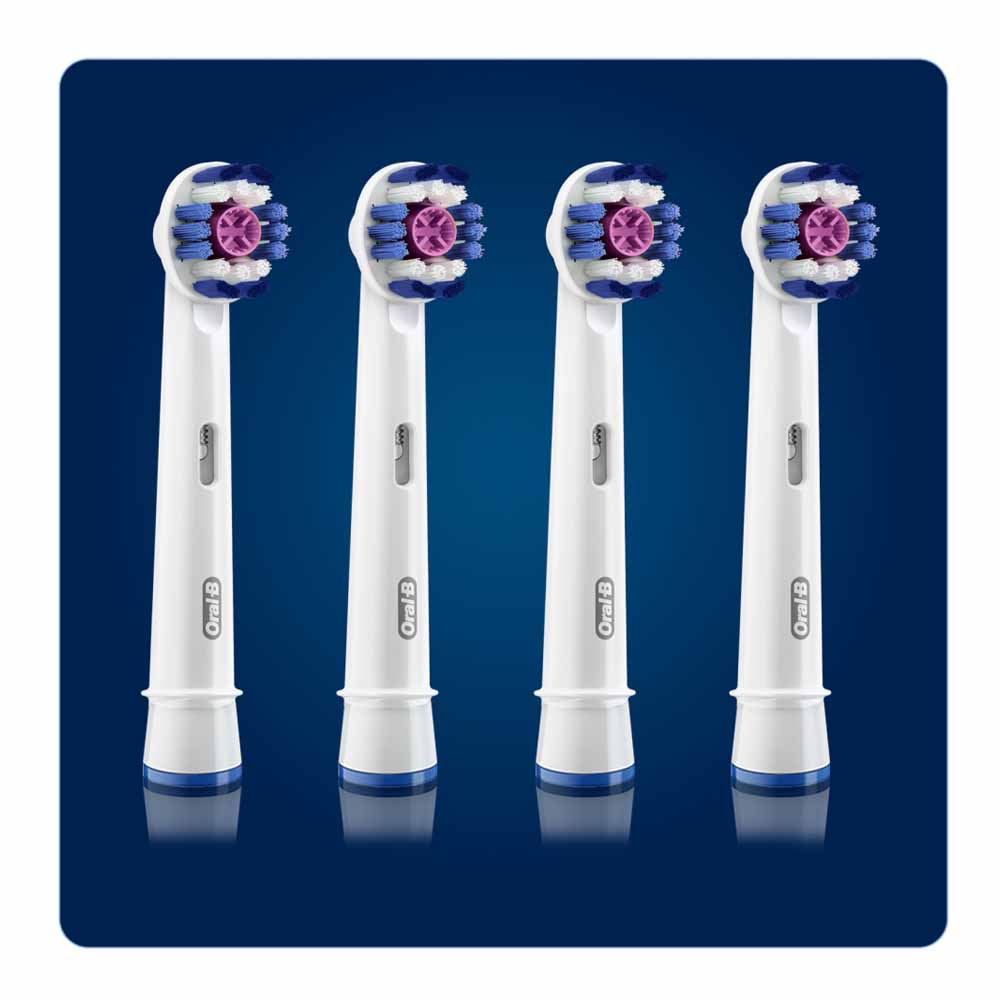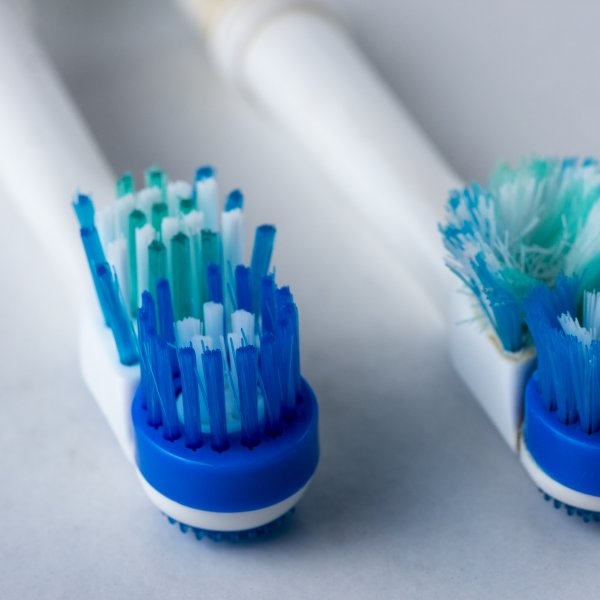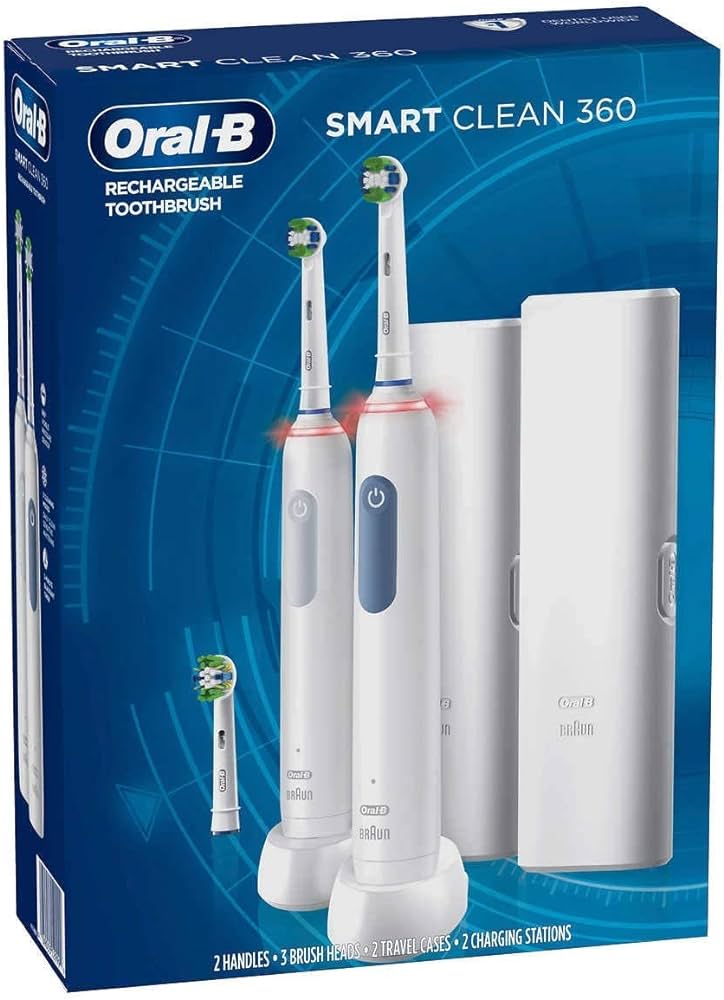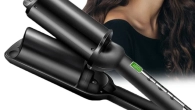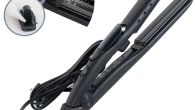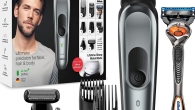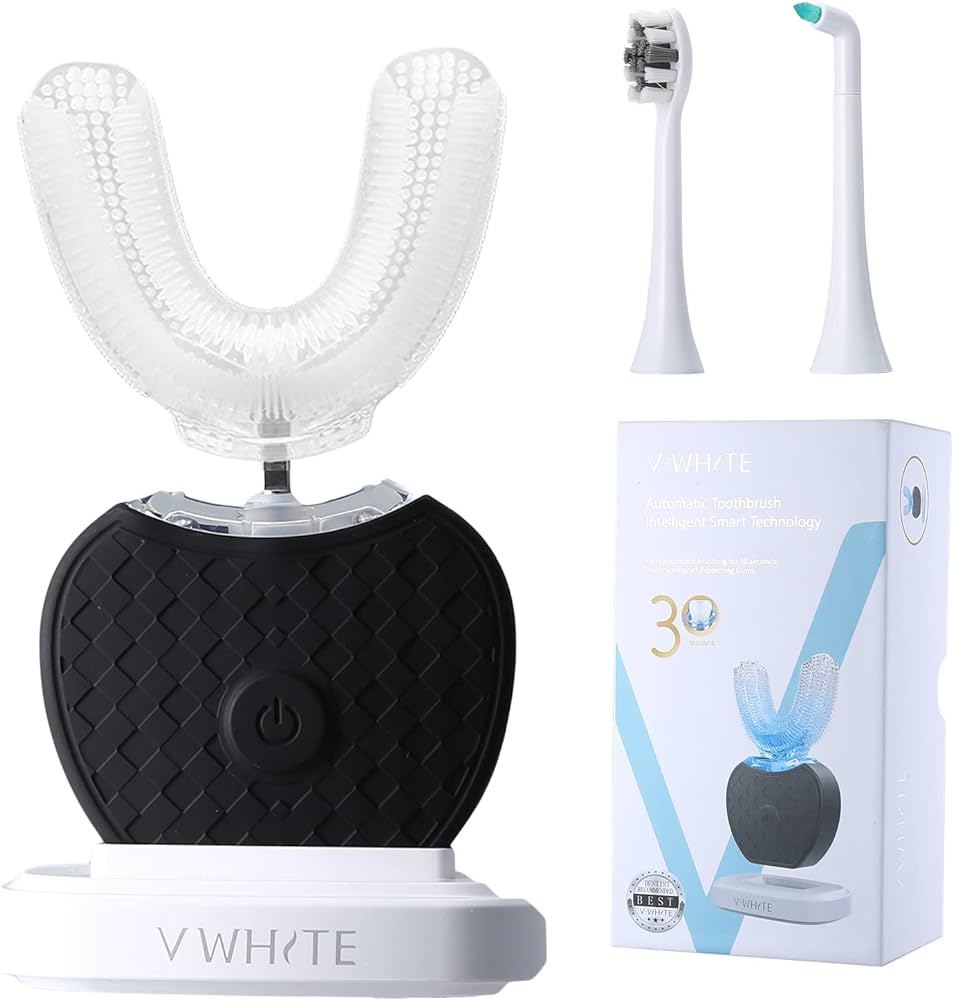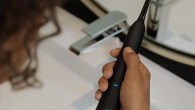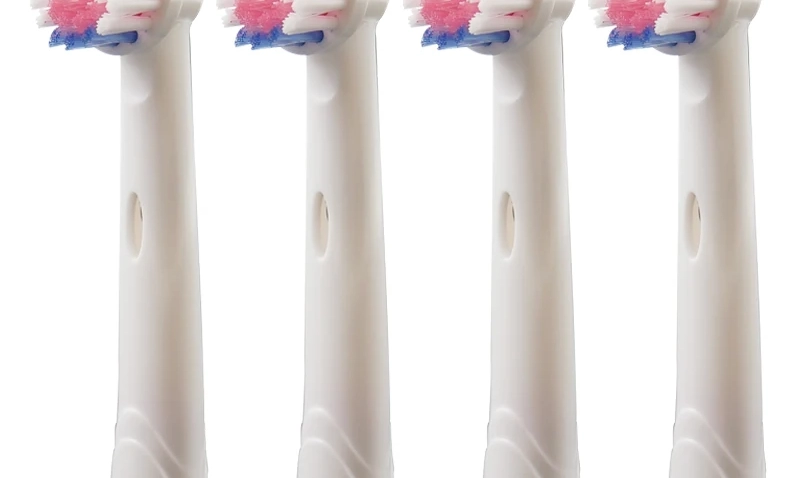
Solving Electric Toothbrush Head Issues: A Quick Guide
Introduction to Common Electric Toothbrush Head Problems
Electric toothbrushes are handy for oral care. Yet, a common issue users face is the head detachment. This means the brush head keeps coming off the handle during use. It’s frustrating and can affect brushing quality. Dirt buildup, improper attachment, and wear and tear are common causes. Sometimes, users might unknowly use fake brush heads, adding to the problem. Knowing why does my electric toothbrush head keep coming off is key to solving it. Regular cleaning and correct fitting of the brush head help prevent this issue. Further on, this guide explores easy steps to reattach your toothbrush head securely.
Step-by-Step Guide to Reattaching Your Toothbrush Head
Facing the issue of ‘why does my electric toothbrush head keep coming off‘, can disrupt your daily routine. But worry not, with our easy steps, you can ensure it stays in place. First, secure the brush head properly. Align it with the handle, so the bristles face the same direction as the buttons. Press firmly until it clicks into place. Remember, a tiny gap is normal. It should have enough room to move for the right vibration.
Next, give the brush head and handle a good clean. Remove any dirt from the bottom of the brush head. Also, clean around the metal shaft. Use lukewarm water or a soft cloth for this step. This prevents debris from causing a loose fit.
Lastly, always opt for genuine brush heads. They’re designed to fit your electric toothbrush perfectly. Third-party heads may not attach well and could fall off. Stick to authentic ones to avoid the question of ‘why does my electric toothbrush head keep coming off‘. By following these simple steps, you’ll have a brush head that stays on, ensuring effective and uninterrupted oral care.
Importance of Proper Toothbrush Maintenance
Maintaining your electric toothbrush is crucial for optimal oral care. Regular maintenance ensures the longevity of the toothbrush. It also improves the effectiveness of your brushing experience.
Proper maintenance involves several steps:
- Regular cleaning – Always make sure to clean your toothbrush head and handle routinely. Build-up of dirt can lead to brush heads falling off. Use lukewarm water or a mild cleaning agent for best results.
- Inspect for wear and tear – Check the brush head and handle regularly for signs of damage. Worn-out components can compromise the effectiveness of your electric toothbrush.
- Dry properly – After each use, shake off excess water and store the toothbrush upright. This allows it to dry thoroughly and prevents moisture-based damages.
- Store in a safe place – Keep your electric toothbrush in a clean, dry area. Avoid environments where it can fall or get damaged.
Following these steps can drastically reduce the risk of your electric toothbrush head detaching unexpectedly. These practices not only extend the life of your electric toothbrush, but also ensure that it is safe and effective to use every time.
How to Clean Your Toothbrush Head and Handle
To keep your toothbrush functioning well, cleaning the head and handle is crucial. Here’s a simple guide to help you with the process:
- Detach the Head: Before cleaning, remove the brush head from the handle.
- Rinse Thoroughly: Use lukewarm water to rinse off any leftover toothpaste or debris.
- Soft Cloth Usage: Gently wipe the brush head and handle with a clean, soft cloth.
- Attend to Details: Clean around the metal shaft carefully to remove any buildup.
- Air Dry: Let the brush head and handle air dry completely before reattaching them.
- Regular Checks: Make it a habit to inspect and clean after each use to prevent issues.
Regular cleaning can prevent the issue ‘why does my electric toothbrush head keep coming off‘. It maintains a proper fit and optimal function. Stick to this routine to ensure your toothbrush remains a reliable tool for your oral health care.
Tips for Ensuring a Secure Brush Head Fit
Keeping your electric toothbrush head firmly in place is important for effective brushing. Here are further tips beyond the initial step-by-step guide to ensure a secure fit:
- Check Compatibility: Ensure your brush head is compatible with your electric toothbrush model. Mismatched parts often lead to loose fits.
- Inspect for Damage: Look for any signs of cracks or damage on the brush head or the handle. Even minor damage can prevent a secure attachment.
- Listen for the ‘Click’: When attaching the brush head, listen for a clear click. This signifies that it’s properly locked in place.
- Push Straight Down: When attaching the head, push it straight onto the handle. Tilting can prevent proper engagement of the lock-in mechanism.
- Check for Movement: After attaching, gently pull the brush head to ensure it’s not loose. If it moves, reattach it.
- Avoid Overuse: Don’t use the brush head for too long. Over time, wear can make it fit less securely.
By focusing on these tips, you can avoid the pesky question of ‘why does my electric toothbrush head keep coming off‘. Remember, the right fit leads to better cleaning and a more comfortable brushing experience.
The Risks of Using Non-Authentic Brush Heads
When choosing a replacement for your electric toothbrush head, it might be tempting to opt for cheaper, non-authentic options. However, this decision may lead to several risks that can affect both your oral health and the toothbrush’s functionality.
- Poor Fit and Detachment: Non-authentic brush heads often do not match the design specifications of your toothbrush. This can result in a poor fit, causing the head to detach during use, which brings us back to the question, ‘why does my electric toothbrush head keep coming off?‘.
- Reduced Cleaning Efficiency: A brush head that doesn’t fit well will likely move less effectively. This reduces the brush’s ability to clean teeth properly, potentially leading to dental health issues.
- Increased Wear and Damage: Misfitting brush heads can cause extra stress on the toothbrush motor and shaft. Over time, this can lead to wear and damage, shortening the toothbrush’s life.
- Risk of Oral Injury: If a non-authentic brush head detaches or breaks during use, it could cause injury to your gums or mouth. This safety concern is significant and should not be overlooked.
- Warranty and Support Issues: Using non-authentic parts may void the warranty of your electric toothbrush. Should any issues arise, you might find yourself without support or the possibility of a replacement.
To avoid these risks and maintain the effectiveness of your toothbrush, always select authentic replacements. They are designed to fit securely and work optimally with your specific toothbrush model, ensuring that you won’t have to wonder ‘why does my electric toothbrush head keep coming off‘ again.
When to Replace Your Electric Toothbrush Head
Knowing when to replace your electric toothbrush head is vital for maintaining oral health. Over time, bristles on the brush head can become frayed and worn. This reduces their effectiveness in cleaning your teeth and gums adequately. Generally, it is recommended to change your electric toothbrush head every three to four months. However, this can vary based on your usage and the brush model.
Here are some signs that indicate it’s time to replace your toothbrush head:
- Visible Bristle Wear: If the bristles are frayed, bent, or discolored, it’s time for a new head.
- Reduced Effectiveness: You may notice that your teeth do not feel as clean after brushing.
- Reminder Bristles: Many brush heads come with colored indicator bristles that fade to help you remember when to change them.
- After Illness: Replace your brush head immediately if you have been sick to avoid re-introducing germs to your mouth.
Regular replacement of the toothbrush head ensures that your electric toothbrush remains effective in your oral hygiene routine. This can help prevent problems related to ‘why does my electric toothbrush head keep coming off‘ caused by overuse and wear.
By maintaining this schedule, you’ll ensure your brushing remains a key part of your dental health regimen. This simple but critical action keeps the effectiveness of your brushing high and your oral health in check.
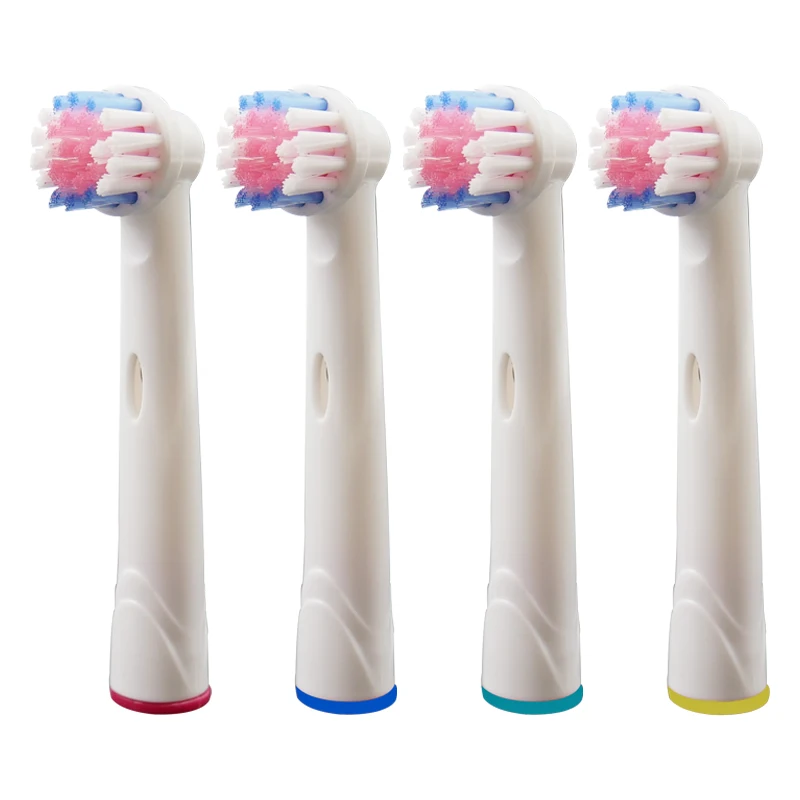 Troubleshooting Advanced Issues with Electric Toothbrush Heads
Troubleshooting Advanced Issues with Electric Toothbrush Heads
Sometimes, even after following basic steps, your brush head may continue to come off. Advanced troubleshooting may be needed in these cases.
- Inspect the Connection Point: Check the inside of the brush head and the top of the handle. Look for any damage or wear. If you find damage, replace the parts.
- Test the Vibration Function: A malfunctioning motor can cause the head to loosen. Turn on the toothbrush and feel for normal vibrations. If they’re weak or absent, the toothbrush might need repair.
- Check the Locking Mechanism: Some toothbrushes have a specific mechanism to lock the head in place. Make sure it’s not broken or blocked by debris. Clean it carefully if needed.
- Evaluate the Pressure You Apply: Excessive pressure during brushing can loosen the head. Brush lightly and let the toothbrush do the work.
- Consult the Manufacturer’s Guide: Sometimes, the issue can be model-specific. Refer to the manufacturer’s guide for troubleshooting steps unique to your electric toothbrush.
By addressing these advanced issues, you can better understand and fix the problem of ‘why does my electric toothbrush head keep coming off‘. If the issue persists, consider seeking professional help or contacting the manufacturer.




